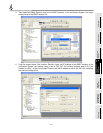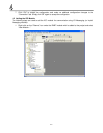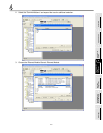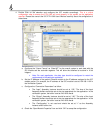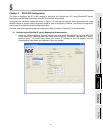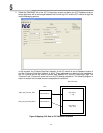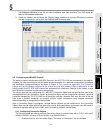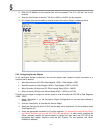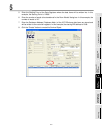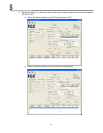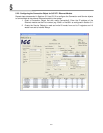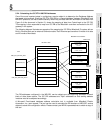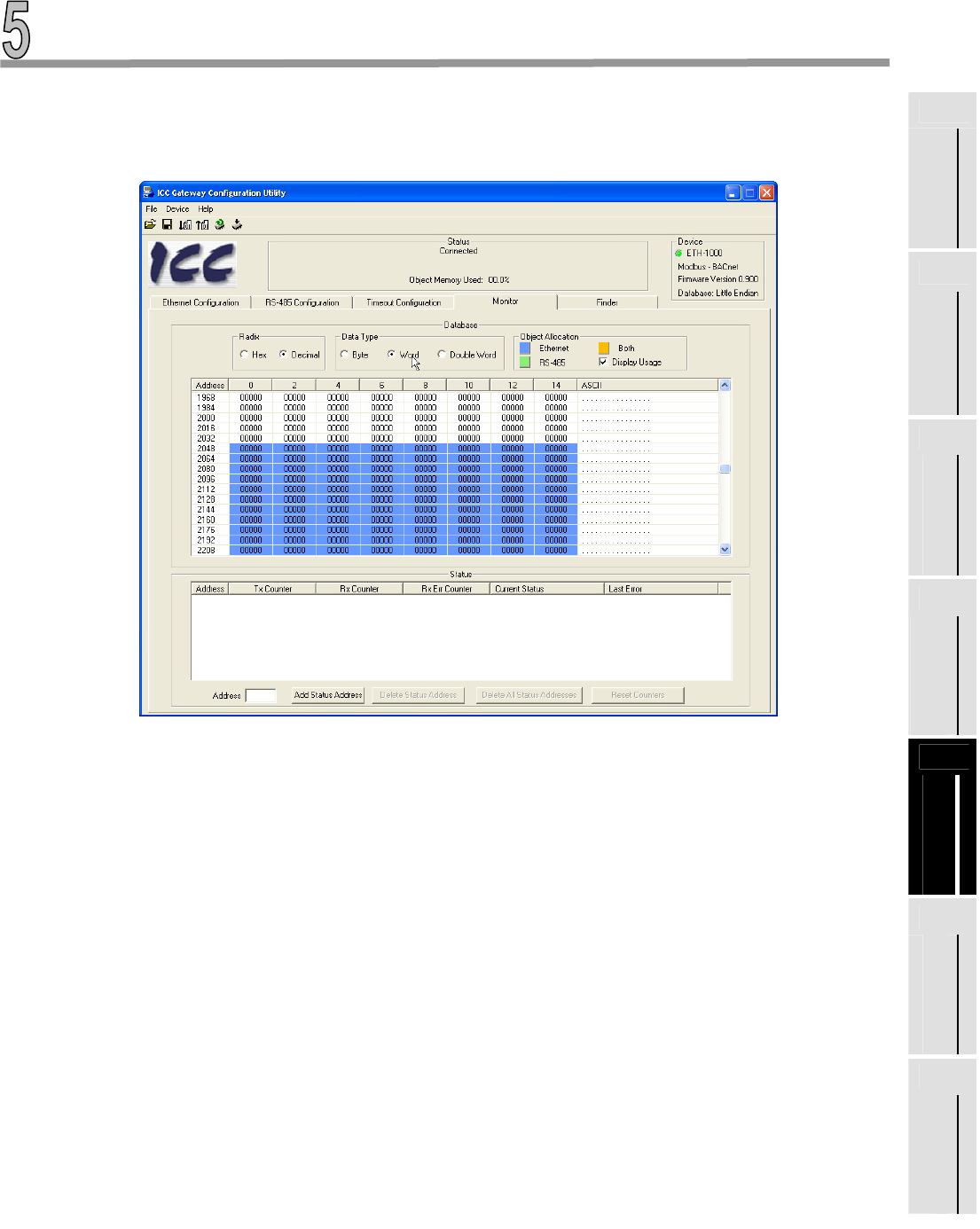
5-3
The database addresses in the ICC are used to address “byte” data locations. Thus, 248 words will
take up 496 database addresses.
3. Select the “Monitor” tab and check the “Display Usage” checkbox to show the DB memory locations
that are configured for use by both the Produced and Consumed data.
5.2 Configuring the MELSEC Protocol
The steps to properly configure the MELSEC Protocol in the ICC ETH-1000 are documented in this section.
However, the user should realize that the steps here are examples for a particular configuration to establish
the Verification System architecture as shown in Figure 2. For a particular application, the Connection
Objects and Service Objects configured in this manual may not work properly without modifications. A user
should consult the ICC ETH-1000 manual and understand the information required to be transfer to and
from Mitsubishi controllers and the timing requirements.
The critical steps are the configuration of a MELSEC Connection Object and the services that need to be
accomplished using this Connection Object. A Connection Object can be configured to represent a physical
connection between an ICC ETH-1000 and a Mitsubishi controller. However, this does not have to be the
case since a physical connection can support multiple “logical” connections using multiple connection
objects depending on the application requirements.
After a Connection Object is configured, multiple Service Objects can be configured for this Connection
Object. Each service object defines the tasks that need to be accomplished, for example read 20 words of
controller D registers starting from D12287, write 10 words to controller Internal Relay.
5.2.1. Configuring Connection Objects
The following steps are used to create a Connection Object to communicate with a iQ PLC with the IP
address 192.168.1.40 using TCP port 0x5001 (e.g. Decimal 20481)
1. Create a name for this Connection Object. The name is “Connection1” for this example.
1
Introduction
2
System Overview
3
Devices to the
Network
4
ControlLogix PLC
Project
Configuration
5
ETH-1000
Configuration
6
Using EtherNet/IP
Explicit Messaging
7
Terminology



